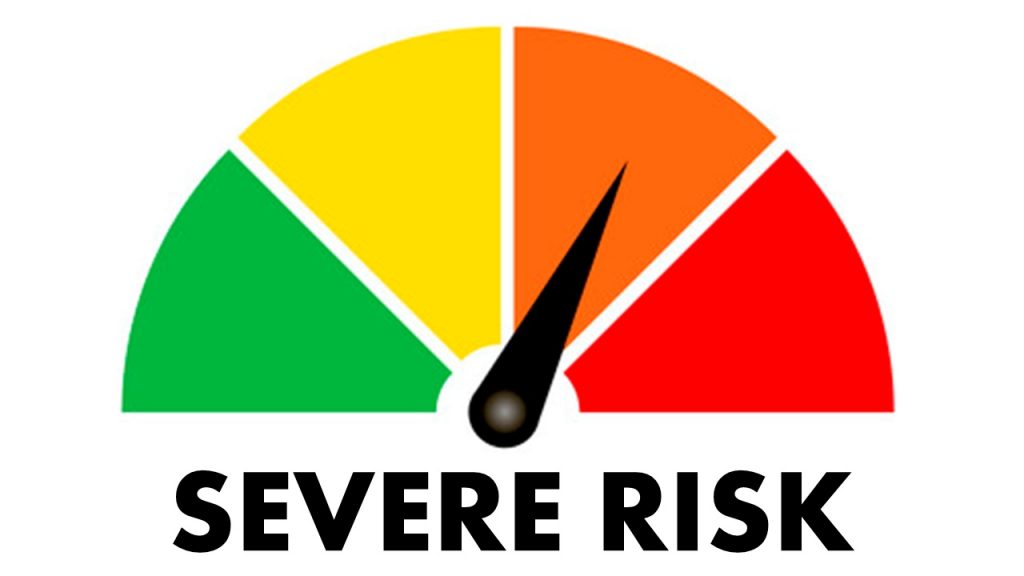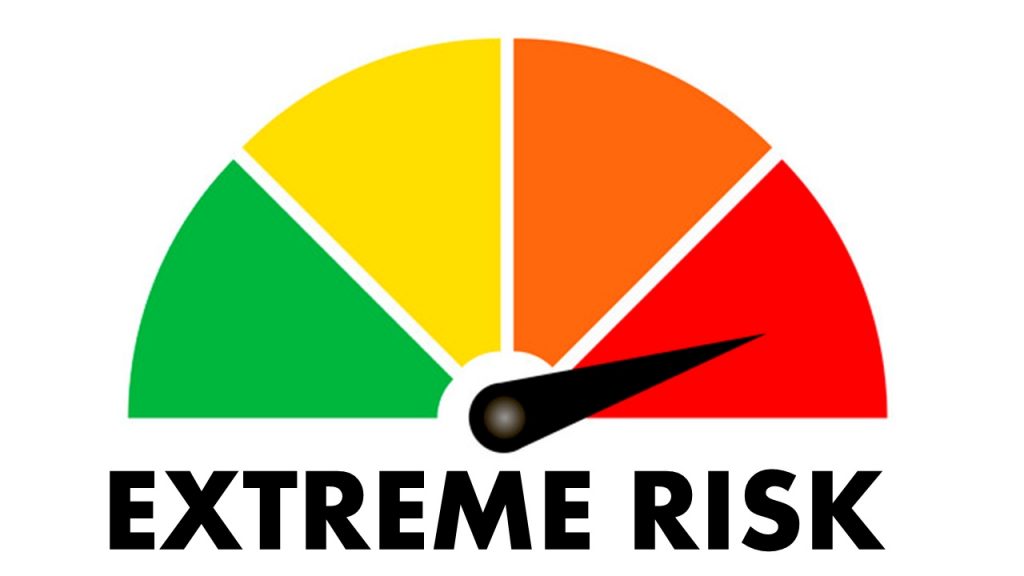A special briefing by the Australian Research Council Centre of Excellence for Climate Extremes and the University of Tasmania.
by Amelie Meyer, Neil Holbrook, Pete Strutton, and Richard Eccleston.
The IPCC Sixth Assessment Report (AR6) from Working Group I (WG1) is an important step in further solidifying our understanding of climate risks.
- Human influence: It is unequivocal that human influence has warmed the atmosphere, ocean and land.
- Australian surface temperatures will continue to rise until at least 2050 under all emission scenarios.
- Climate extremes: Further increases in climate extremes are inevitable. For Australia these include increased risk of drought, more intense short-duration rainfall, less frequent but more intense tropical cyclones, intensifying land and marine heatwaves, and an increase in the intensity, frequency and duration of fire weather. Compound events (when extremes co-occur, for example drought and heat waves together) are also increasing.
- Limiting warming to 1.5°C: Even under a very low emissions scenario, assuming global reductions in emissions from the 2020s reaching net zero emissions by 2050, and negative emissions thereafter, we are unlikely to be able to limit warming to 1.5°C. At our current rate of emissions, we will reach the equivalent carbon budget threshold for the 1.5°C limit in about 7 years. With appropriate action, this warming may be reversible in the long term.
To better understand the implications of the latest climate science for Tasmania, this brief combines information from the IPCC AR6 WG1 report, with regional assessments that contributed to the UTAS Blueprint for a climate-positive Tasmania, and expertise from the Australian Research Council Centre of Excellence for Climate Extremes (CLEX). The regional information is based on Tasmania-specific downscaled modelling undertaken by Climate Futures for Tasmania.
Climate projections, risks*, and consequences for Tasmania
* Risk is estimated qualitatively across human health, environmental, infrastructure, and industry costs.

Temperature in Tasmania: Global surface temperatures are ~1.1°C warmer than pre-industrial. By 2050 Tasmania is projected to experience an increase of at least 1.5°C compared to historical temperatures, even if a low-emissions scenario is followed. All scenario assessments indicate an increase in all types of high-temperature extremes, including maximum daily temperatures, heatwave intensity and heatwave duration. For example, while Launceston experienced an average of 29 days over 25°C per year in 1961- 1990, by 2070-2099 this is projected to be 75 days per year. Human health and disaster management in Tasmania: Research has identified the negative effects of climate-induced heatwaves and bushfires on Tasmanian communities. For example, ambulance dispatches increase by 34% during extreme heatwaves, by 10% during severe heatwaves and by 4% during low-intensity heatwaves in Tasmania.

Rainfall in Tasmania: Globally, rainfall has increased but it is patchy and variable. It is likely that Tasmania will experience less annual rainfall into the future, however, this is less certain than projections for temperature. While we expect the frequency of westerly rain-bearing fronts to decrease gradually, and east-coast lows to increase, we are unsure how these changes will balance out. In some models projecting a wetter scenario, it is the increase in the frequency of east-coast lows that balances the overall annual rainfall totals. This would mean more damaging, high-intensity rainfall. In other models that project a drier scenario, there is also an increase in the frequency of east-coast lows, although not as large. Tasmania will see important shifts in rainfall seasonality with a large reduction in autumn rainfall (up to 50% less rain for some areas relative to 2010-2020), a consistent decline in spring rainfall (10-20% less rain in some areas, and up to 25% by 2050 in the central north), and a substantial increase in winter rainfall over the next 20 to 30 years. These changes in when the rain falls will have important consequences for Tasmanian hydroelectricity, the agricultural sector, and unique natural ecosystems such as the temperate rainforest and other Wilderness World Heritage Areas in Tasmania.

Drought in Tasmania: Parts of the world including southern Australia are experiencing increasing droughts. In Tasmania, the episodic and regional nature of drought events will continue. The east coast of Tasmania will stay especially drought-prone. The ecological impacts of lower rainfall will be intensified by increased evaporation associated with warming.

Fire danger in Tasmania: Australia will see an increase in the number and intensity of bushfires driven by anthropogenic climate change. Tasmania will see a steady increase in fire danger throughout the current century, including an increase in the length of the fire season and an increase in the number of days at the highest range of fire danger. By the end of this century, we expect twice the fire danger, over twice the area, twice as often in Tasmania. This is an 8-fold increase in fire risk. Hobart is extremely vulnerable to bushfires. There are increases in mortality, asthma emergency presentations, cardiovascular disease and respiratory hospital admissions attributed to bushfires.

Marine heatwaves in Tasmania: The western Tasman Sea (east of Tasmania) is considered a global ocean warming hotspot. Marine heatwaves have caused a widespread decline in giant kelp ecosystems and impacted local fisheries and aquaculture industries. Currently, intense marine heatwave events occur approximately once every 20 years. By 2060, under higher emissions scenarios, intense marine heatwave events such as in 2017/18 are expected to occur almost every year in Tasmania. Under the low emission scenario, they will be considerably less frequent (every 15 years).

Sea level rise in Tasmania: Sea level rise is now irreversible even if warming is limited to 1.5°C and will continue for centuries to millennia. For Australia, this could lead to the loss of 50-200 metres of shoreline along sandy coasts under high emissions scenarios. In Tasmania, the exposed locations are projected to see a 1-in-100-year coastal inundation event move towards an event occurring almost every year (during the annual high tide). However, the areas experiencing these risks in Tasmania are small and well-identified, and the rate of change means responses can be adequately managed.
Tasmania as a haven: Tasmania is already experiencing the impacts of climate change but is relatively well placed to adapt to this challenge and provide leadership on climate action. Tasmania’s climate, lifestyle, and environment could be an important driver of positive migration over the coming decades.
The IPCC WG1 AR6 report provides the most comprehensive and authoritative account of the urgent climate change challenge facing our planet.
The ‘WG2 Impacts, Adaptation and Vulnerability’ Report is due for release in February 2022 and will provide more detailed analysis of climate impacts on Australasia.
In addition to making a significant contribution to climate science, CLEX and the University of Tasmania are committed to working with governments, industry, and the wider community on evidence-based strategies to understand and respond to climate-related risks, including climate extremes.
Contact
ARC Centre of Excellence for Climate Extremes
clex@unsw.edu.au
